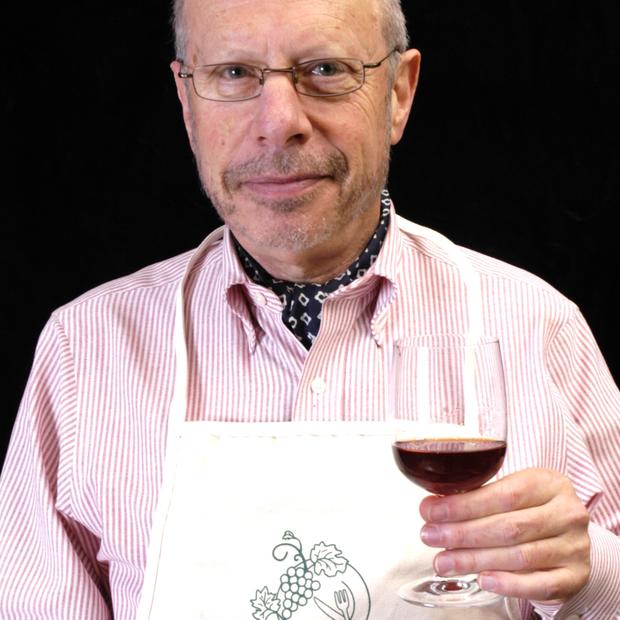Le Pichet, the French café on First Avenue, owes a lot of its charm to the neighborhood bistros of Paris, but perhaps even more to the informal bouchons of Lyon, where workmen gather noon and night to eat hearty plates of pork sausage, pike quenelles, and beef tripe in side-street storefronts that once housed stables and made themselves known by hanging a bundle of brush — known locally as a bouche — over the door. Hence bouchon, which means cork in Bordeaux and Burgundy; no corks at a bouchon, however; the wine comes straight from the cask.
Chicken livers are also on the menu, not as a mousse or pâté but puréed and baked and served with tomato sauce. Paul Bocuse, the towering Lyon chef who reinvented French gastronomy, has a highly refined version, gâteau de foies blonds de volaille de Bresse, that's served warm, with a delicate sauce of crayfish.
Jump to Seattle and a restive Jim Drohman, UW grad, aeronautical engineer at Boeing, who chucks it all, moves to Paris, and spends 18 months learning to cook professionally at the École Supérieure de Cuisine. Back in Seattle he begins to work as a line cook, eventually becoming executive chef at Campagne. His wife's uncle is Joe McDonald, who owns the private supper club The Ruins, where Drohman meets his business partner, Joanne Heron. Together they open Le Pichet and Drohman decides to adapt the Bocuse recipe for his new place.
The chicken livers (from free-range chickens, naturally), come from Corfini Gourmet, a classy restaurant supply house. They're poached, then emulsified and blended with cream, eggs and a madeira reduction. Seasoned with orange peel, thyme, clove and allspice, the whole thing is strained through a fine sieve to remove the fibrous bits. Then it's baked, like a terrine, in a bain-marie (a water bath), unmolded, and served chilled: a thick, four-and-a-half-ounce slice for $6, topped with a line of gros sel (salt crystals, bigger than Kosher salt) that provide crunch as much as saltiness. At Le Pichet, the garnish is cornichons and two kinds of mustard; at Café Presse on Capitol Hill, it's served with a cherry compote.
'êWe take modest products and turn them into tasty food,'ê Drohman says. Food that pleases Drohman himself. You can't get a Caesar salad at Le Pichet, certainly no caviar. It's not an 'êI want'ê restaurant for fussy diners, it's a 'êshow me'ê place for 32 eaters at a time, lucky enough to eat whatever Drohman and his kitchen turn out. Fortunately, the gâteau au foie de volaille is on the anytime Casse-Croûte (snack) menu.
Unctuous seems the right word for the gâteau, which is much smoother in texture than traditional chopped liver, with richer flavors than a foamlike mousse and lighter than a traditional pâté. Spread it thickly on the crusty slices of Grand Central baguette that are served alongside it, and wash it down with a glass or two of Beaujolais, and you will be happy.
If you go: Le Pichet, 1933 First Ave., Seattle, 206-256-1499. Open 8 am-midnight seven days a week.


